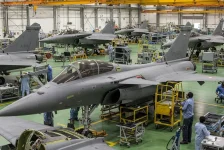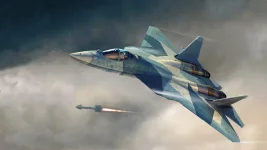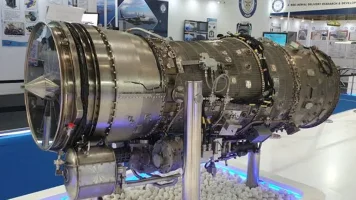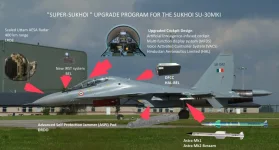- Views: 4K
- Replies: 27
A recent industry analysis indicates that manufacturing foreign fighter jets in India under the proposed Multi-Role Fighter Aircraft (MRFA) deal could be nearly 30% more costly than purchasing them directly from the manufacturer.
This significant price difference is fuelling a debate among defence experts about the financial wisdom of the plan, prompting calls for the government to prioritise India's rapidly advancing indigenous aircraft programs.
The MRFA initiative, a multi-billion dollar project intended to equip the Indian Air Force with 114 new fighters, has always included a major "Make in India" component.
However, the higher costs associated with setting up new production lines, transferring technology, and training a workforce for foreign aircraft are now under intense scrutiny.
Experts suggest that while local production can boost domestic manufacturing, the premium price may divert crucial funds from other strategic defence priorities.
The Ministry of Defence has yet to make a final decision on the path forward for the tender, which has global contenders like Dassault's Rafale, Boeing's F-15EX, and Saab's Gripen.
This debate comes at a time when India's domestic aerospace sector is demonstrating significant progress. The country is actively developing a robust pipeline of homegrown fighter jets.
This includes the Hindustan Aeronautics Limited (HAL) Tejas Mk1A, for which an order of 83 jets is already being executed, and its more advanced successor, the Tejas Mk2.
Furthermore, ambitious projects like the fifth-generation stealth Advanced Medium Combat Aircraft (AMCA), the naval Twin Engine Deck-Based Fighter (TEDBF), and the HJT-36 Sitara trainer aircraft signify a maturing industrial capability.
Proponents of this view argue that India has moved beyond needing foreign production lines simply for the experience.
As an alternative, some analysts propose a dual approach to modernise the air force fleet. They recommend that instead of costly local manufacturing of foreign jets, India could make a direct, off-the-shelf purchase of a smaller number of aircraft, such as an additional 60 Rafale jets, to meet immediate operational gaps.
The substantial savings from this strategy, they argue, could then be reinvested to accelerate the development and large-scale production of the Tejas Mk2 and the strategically vital AMCA project, securing long-term self-reliance and technological leadership in aviation.
This would align with the nation's ultimate goal of building a world-class defence industrial base.




